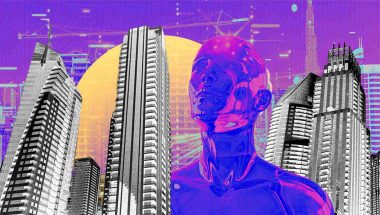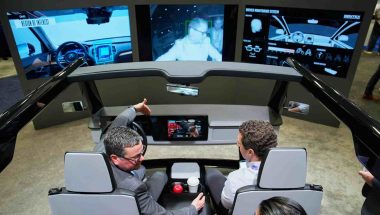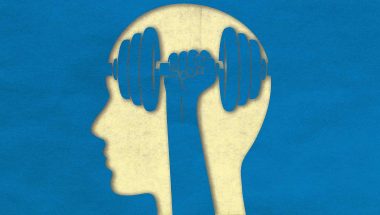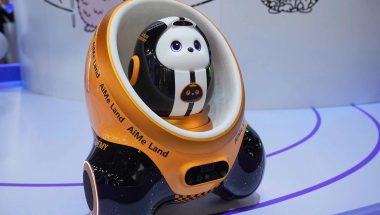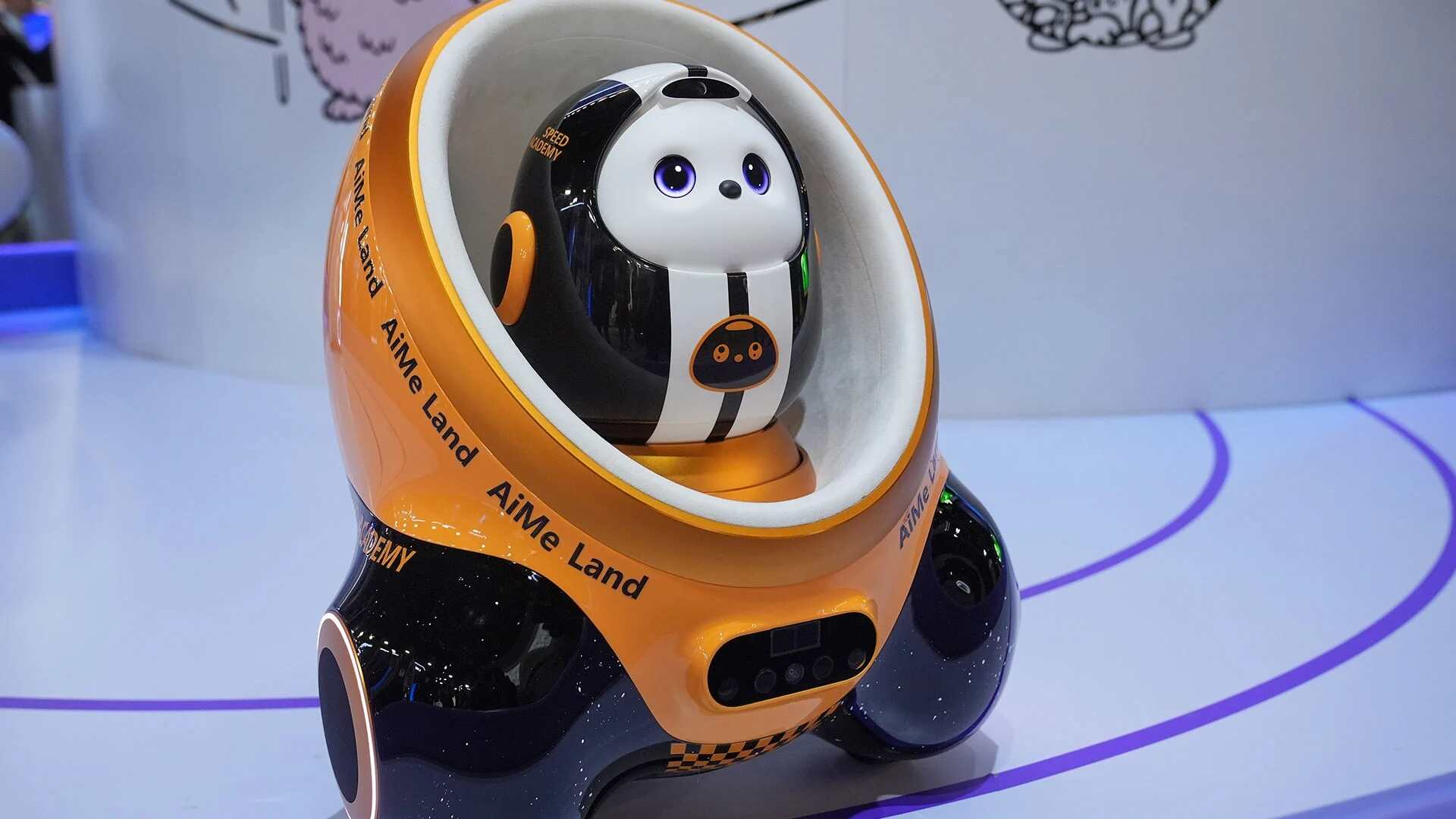- | 9:00 am
AR/VR is surging in the Middle East, but some barriers persist
While AR and VR solutions are transforming product development and marketing, there’s an uneven understanding among stakeholders
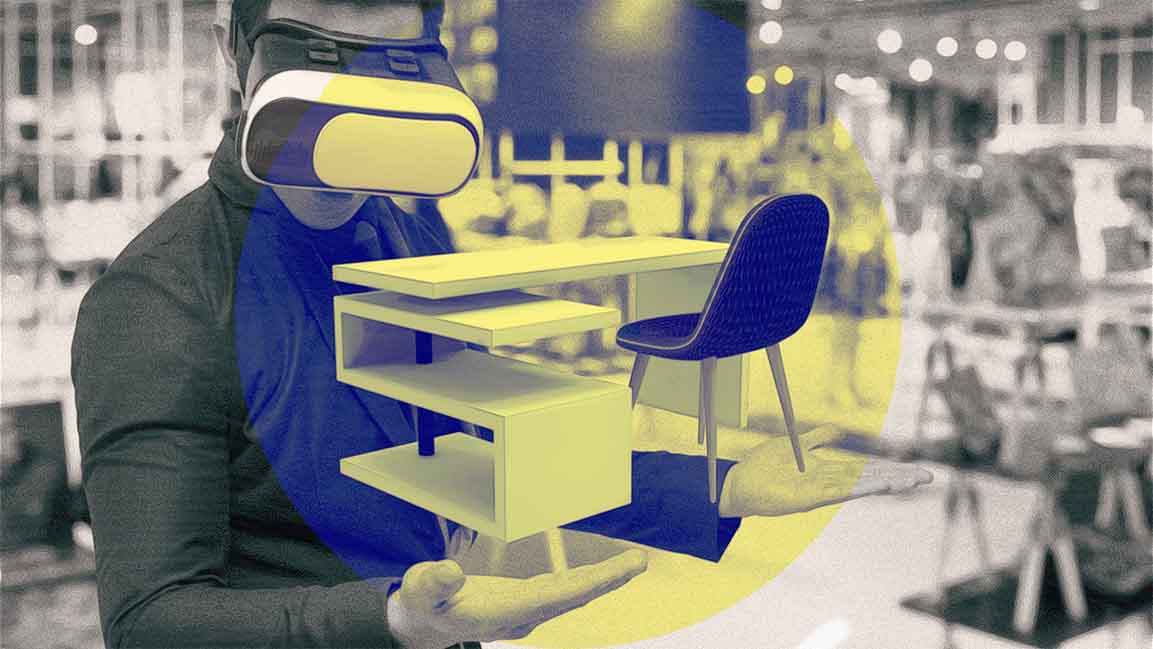
Augmented Reality (AR) and Virtual Reality (VR) solutions are steadily becoming more ubiquitous, seeping into businesses’ design, development, and marketing strategies across various verticals. Companies across the Middle East are viewing these solutions as critical to strategy and operations.
First off, these solutions have changed how prototypes are visualized and modified. “These virtual prototypes allow for extensive testing and iteration without the high costs associated with physical prototyping,” says Mina Litvinova, Founder and Managing Director of AR-MORE, a production studio specializing in AR marketing.
Highlighting the competitive advantage of building digital twins, as it allows product designers to test, identify, and fix problems virtually, Nils Meinhardt, Managing Director of MRstudios, a company focusing on VR/AR and web solutions for industrial and manufacturing sectors, says, “This ensures shorter time, effort, and cost to get to the final stage, as users have started to mitigate problems in its initial development.”
Litvinova also points to how AR and VR enable designers and engineers from different locations to collaborate in a shared virtual space, further reducing the costs and time for prototype development.
“Changes to designs can be made and visualized in real-time, allowing immediate feedback from various stakeholders,” she says.
At the end of the day, Meinhardt says, time is money, and investing in virtual twins that can be sent to anyone, anywhere in the world, in a matter of seconds is a game changer: “It allows teams to engage customers and test groups faster and earlier in the process to facilitate discussion of specific features.”
Meinhardt says in the region, AR and VR have potential applications in the maintenance and operation of infrastructures, especially in the oil and gas industry.
“Big facilities, such as refineries, require heavy maintenance, and AR can be used for on-site maintenance and troubleshooting,” he says.
“We already do this on a machine level; AR can enable this on the infrastructure level. Additionally, it can address knowledge gaps through embedded technology guidance, helping train people, ensuring a narrow window of failure through the process.”
UNLOCKING OPPORTUNITIES IN MARKETING
Aside from elevating R&D, AR and VR solutions are becoming more commonplace in marketing strategies. Litvinova says numerous studies prove that AR/VR materials, in enabling detailed visualization of products, drive conversions by up to 90% compared with traditional marketing materials, even video. “With VR, companies can create customizable product demos tailored to the specific interests or needs of each client or investor,” she says.
Nadim Habr, CEO and Co-Founder of Designhubz, a UAE-based company specializing in AR/VR experiences for online retail, says that major brands across the GCC region are adopting AR and VR across their e-commerce platforms, providing the Designhubz project with Ikea as an example, as they turned 800 items into AR-compatible 3D formats integrated into the e-commerce platform, resulting in a 107% increase in conversions and 103% growth in revenues.
He adds that Middle East lifestyle brand Tanagra followed the same approach, allowing online shoppers to virtually place true-to-scale 3D models of their pieces within their spaces as well as Joi Gifts, a leading online gift marketplace active in UAE, Saudi Arabia, Jordan, and Egypt, creating digital twins of flower arrangements. “This is what people expect now, and these solutions further help increase brand loyalty.”
Habr says increasing companies’ adoption is fundamental because it addresses a critical problem plaguing online retail: “Globally, around $200 billion worth of online merchandise was returned in 2022 alone. A key reason is the wrong size and fit. 2D presentations do not give you the data required to decide what fits or doesn’t fit, what looks good or not, or the different colors and textures -– this is the main problem for online shoppers.”
“AR and VR empower online shoppers to see what they are buying, and, in our experience, it drastically increases e-commerce conversion by 68-70% and reduces returns by 50-70%. One client specializing in eyewear had seen zero customer returns after implementation when they previously saw between 7% and 9% return on their online products,” he adds.
Meinhardt also underlines how AR and VR technologies address gaps in marketing large industrial and technologically complex products.
“Technologies bigger than what you can put in your pocket can be a challenge to a salesperson, as they cannot allow customers to see, touch, or experience it. VR allows manufacturers to showcase what goes inside closed systems, whether an air handling unit or an oven and present it visually plausible and tangible anywhere in the world.”
Meinhardt adds that he has also seen how AR and VR enable new versions of a product to enter the market faster. “It’s becoming more common to see manufacturers develop the machine in VR, test it as a virtual sales tool to validate the concept, create awareness, and get orders for a product before it is finalized by highlighting its features. Such a competitive advantage is important in markets, like the GCC region, which can often be dictated by price as it offers an edge to help sales teams pull themselves out of a price-focused discussion.”
OVERCOMING HURDLES IN INTEGRATION
Amid the untapped potential AR and VR solutions offer, there are some hurdles to further adoption and integration as the sector continues to evolve. Habr shares that creating digital twins can be costly, though innovations are closing the gap.
Litvinova says technological limitations and poor quality of experience can be an issue: “Continuous technological advancements in VR hardware and software are being made to enhance resolution, improve the field of view, and reduce latency, thereby improving the overall user experience.”
Another key challenge Litvinova points out is the uneven understanding among stakeholders. “As a result, integrating the AR/ VR technology with existing product development and marketing tools can be a complex process, facing change resistance from the team,” she says, adding it can be addressed by educating teams and developing interoperable VR systems and platforms.
Meinhardt also highlighted the learning curve that comes with optimizing the benefits of such solutions. “It’s not high on organizations’ priority list, and, often, interest only comes when they see adoption among the competitors and fear being left behind.”
Such a mindset, says Meinhardt, can be an issue: “You can’t copy what competitors are doing because solutions were designed to address a particular issue, which might not be relevant to you. You must validate your needs, adapt, and learn with the tools to benefit from all the magic it can deliver.”







